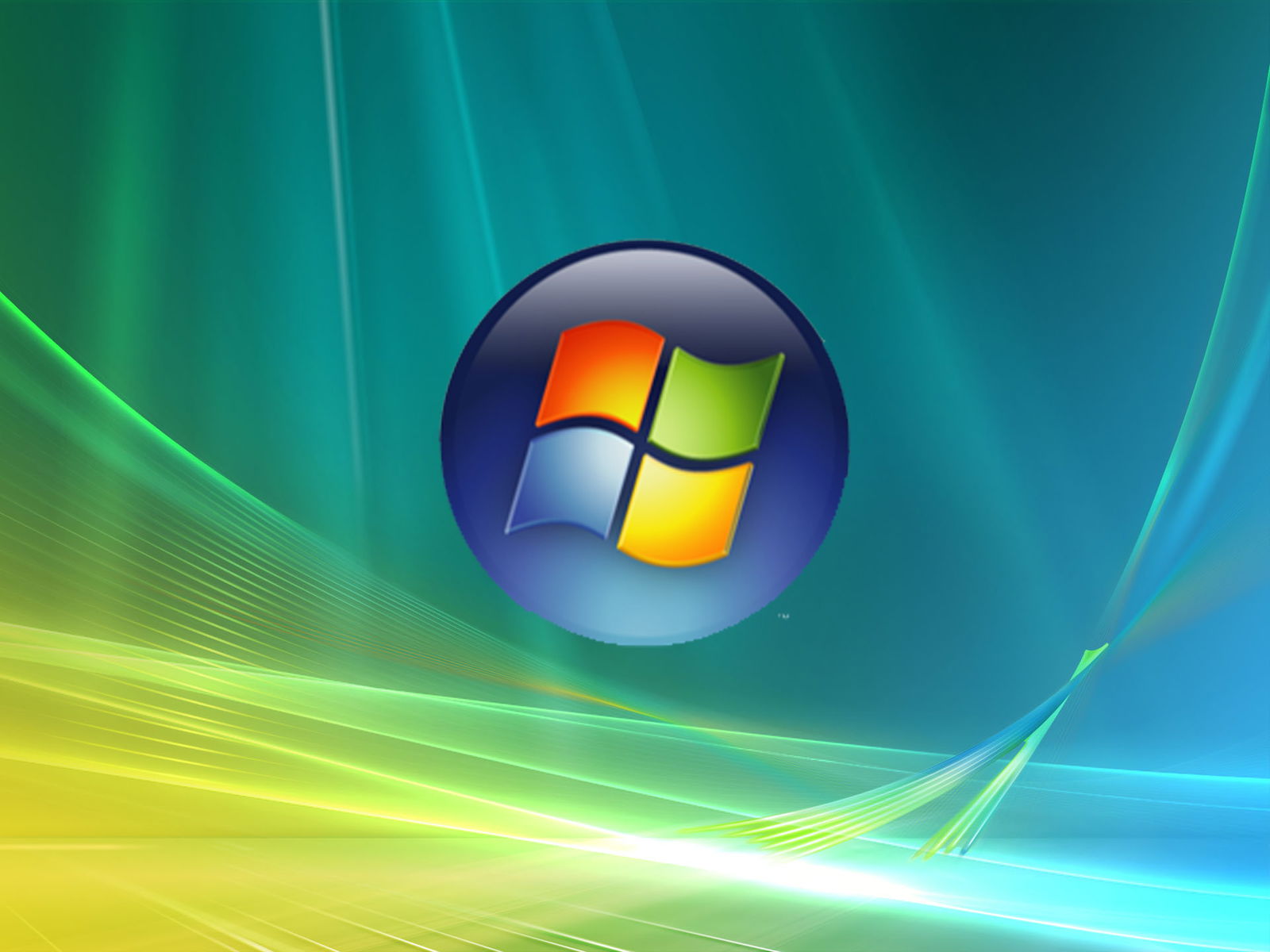Siccome la trasmissione DVI è completamente digitale, ci chiediamo da cosa è originata l’interferenza. Ci sono due possibilità. La prima riguarda il trasmettitore stesso. Tuttavia, i dati dovrebbero essere corretti automaticamente dal chip TMDS, assicurando una trasmissione priva di errori. La seconda causa è a ricercare nel segnale di clock.
Alle origini, il segnale dati è privo di ogni interferenza, grazie al TMDS. Tuttavia, alcuni problemi potrebbero essere causati dal segnale di clock che falsifica la trasmissione dei dati a causa del moltiplicatore x10 del PLL.

Siccome i dati sono moltiplicati x10 dal PLL, ogni piccolo errore ha un impatto diretto.





